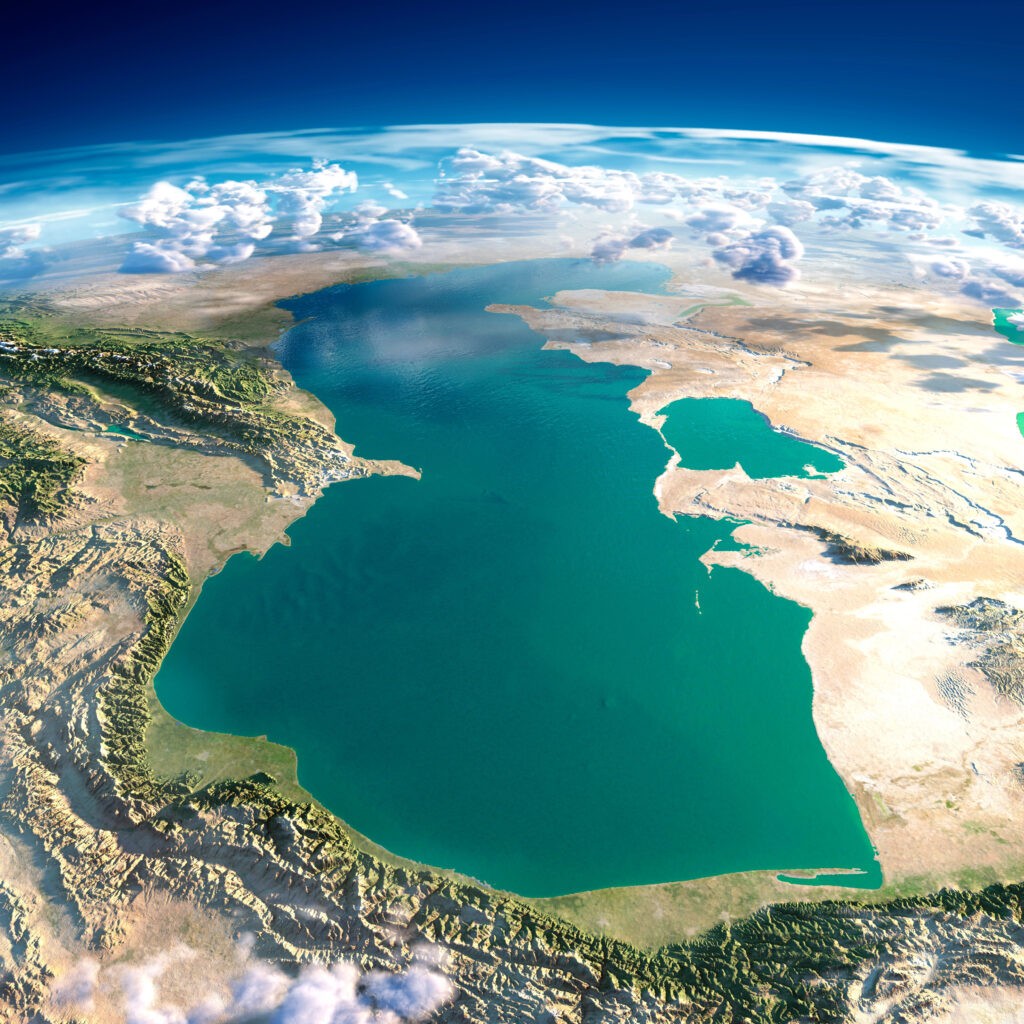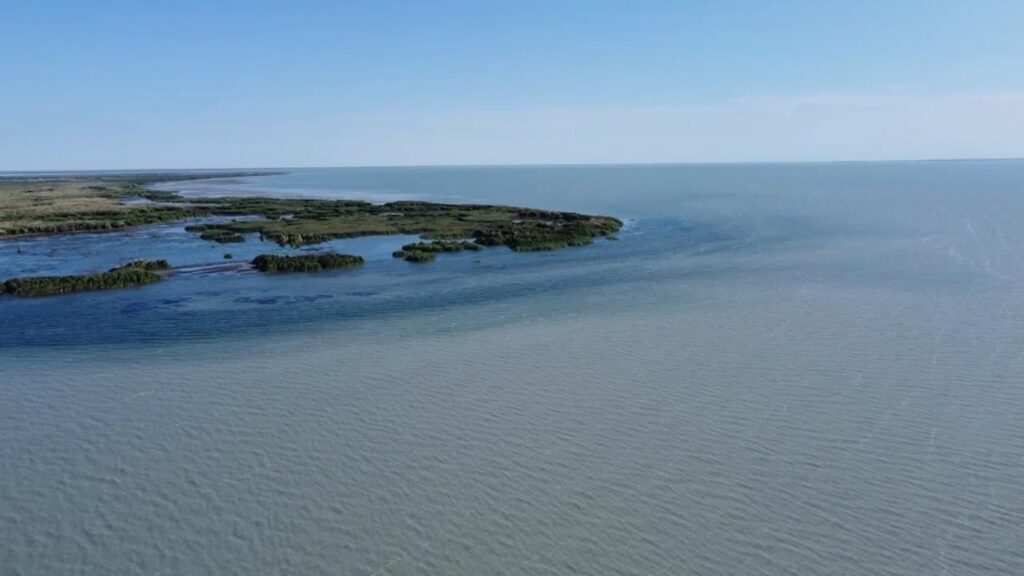On July 23, Kazakhstan’s minister of ecology and natural resources Erlan Nysanbayev met scientists from the Xinjiang Institute of Ecology and Geography, part of the Chinese Academy of Sciences, to discuss the creation of artificial forest plantations on the dried base of the Aral Sea.
Following a proposal to establish a joint Kazakh-Chinese center to resolve environmental issues on the Aral Sea, the Chinese scientists will visit the Kyzylorda region to closely examine work being undertaken on the dried sea base.
Spanning across Kazakhstan and Uzbekistan, the Aral Sea was once the fourth largest inland body of water in the world, covering 68,000 km². The destruction of the Aral Sea first dates back as far as the U.S. Civil War, when, finding his supply of American cotton under threat, the Russian tsar decided to use the sea’s tributaries to irrigate Central Asia and create his own cotton bowl. With 1.8 million liters of water needed for every bale of cotton, the water soon began to run out. By 2007, the Aral had shrunk to one-tenth its original size.
Up until the late-1990s, the land surrounding the Aral Sea was still cotton fields; today, it’s largely an expanse of salinized grey emptiness. The desiccation of the landscape has led to vast toxic dust-storms that ravage around 1.5 million square kilometers. Spreading nitrates and carcinogens, these storms – visible from space – used to occur once every five years, but now strike ten times a year.
According to reports, Kazakhstan intends to plant saxaul shrubs on 1.1 million hectares of dried-up sections of the Aral Sea by 2025. Through joint efforts of the Ministry of Ecology and Natural Resources and the region’s administration, 544,500 hectares of saxaul have been sown over the past three years, with a further 275,000 hectares to be planted on the former seabed this year.
Wind-borne salt and dust cause significant damage to areas adjacent to the Aral Sea and their inhabitants. Every year, over 100 million tons of salt, dust, and sand are blown from the bottom of the former Aral Sea and mixed into the air.









